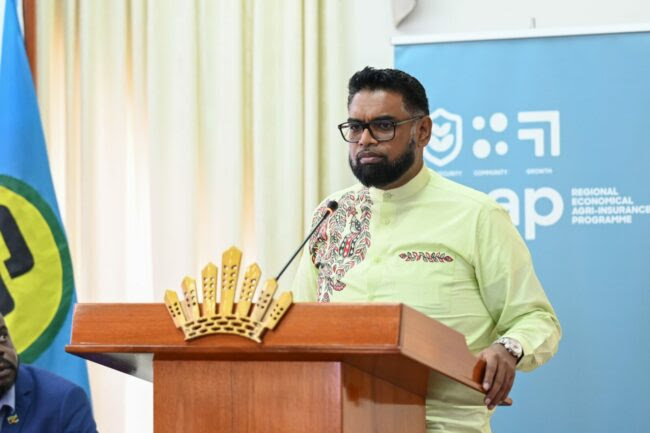In light of the world-class oil finds in the Stabroek Block, Hess Corporation, which holds a 30 percent share in the block, has noted that potential need for more than five Floating Production Storage and Offloading (FPSO) vessels. Chief Executive Officer (CEO) of Hess Corporation, John Hess said as much during the company’s 2019 first quarter conference call with shareholders and industry analysts.
Hess said, “…A lot of our work this year is to do further appraisal, to start to get more clarity… ExxonMobil is the operator and we’re working closely with them or trying to optimize what that development will be. Obviously, with a bigger resource, we’re still looking at phasing. But it is possible that we will be more than five ships going forward to produce oil, but the key is going to be doing further appraisal on the resource that we have and evaluation work to really optimize what the ultimate development will be. So work in progress.”
Further to this, Hess said that the operators continue to have exploration success on the block, with three new discoveries since the start of 2019, at Tilapia, Haimara, and Yellowtail.
He said, “Last Thursday, we announced that the Yellowtail number 1 well, located about six miles from Tilapia, encountered approximately 292 feet of high-quality oil-bearing sandstone reservoir. This discovery is the fifth in the greater Turbot area, which is expected to become another major development hub. In February, we announced that the Tilapia number 1 well encountered approximately 305 feet of high-quality oil-bearing sandstone reservoir, the thickest net pay of any well yet drilled on the block.”
Hess continued, “Tilapia is located approximately 3 miles west of the Longtail number 1 well, which is also in the greater Turbot area. In February, we also announced that the Haimara number 1 well, located in the southeastern part of the block, encountered approximately 207 feet of high-quality gas condensate-bearing sandstone reservoir. We have now made 13 significant discoveries on the block since 2015, which will underpin at least five Floating Production Storage and Offloading vessels to produce more than 750,000 gross barrels of oil per day by 2025.”
The official added, “Gross discovered recoverable resources on the block are estimated to be more than 5.5 billion barrels of oil equivalent with multibillion barrels of future exploration potential remaining.”
Further to this, Hess said that the Liza Phase One development is progressing well and remains on track to achieve first oil by the first quarter of 2020, less than five years after discovery. He said that this phase will develop approximately 500 million barrels of oil, utilizing the Liza Destiny FPSO, which will have the capacity to produce up to 120,000 gross barrels of oil per day.
The Liza Phase Two development will use the Liza Unity FPSO, which will have the capacity to produce up to 220,000 gross barrels of oil per day with start-up expected by mid-2022.
A final investment decision is expected soon subject to government and regulatory approvals.
Planning is also under way for the third phase of development at the giant Payara field, which is expected to have the capacity to produce between 180,000 and 220,000 gross barrels of oil per day from a third FPSO. The Environmental Protection Agency (EPA) has said that sanction is expected to occur before the end of this year with first oil in 2023.











